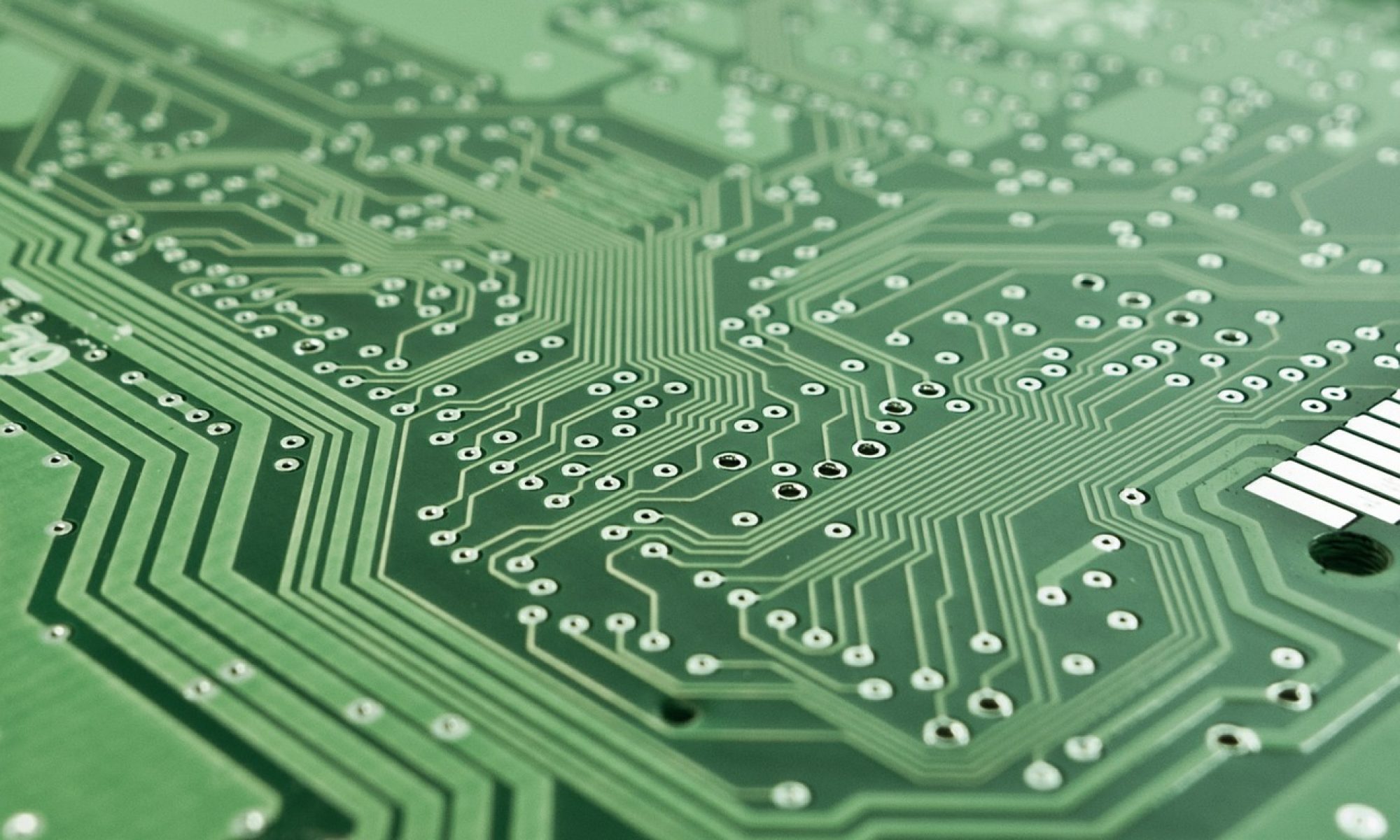Note: This post was written by SEI staff, Aida Sefic Williams.
Winners have been announced in the International E-Waste Competition. The competition is part of the Sustainable Electronics Initiative (SEI) at the University of Illinois at Urbana-Champaign.
The competition is designed to prompt the industrialized world to dialogue about product designs for environmentally responsible computing and entertainment. The goals of this competition are to learn about ways to re-use electronic waste (E-Waste) for new and productive means, explore new ideas of how to address E-Waste problems, and contribute to the body of knowledge that advances the practice of environmentally responsible product design.
The winners were announced at the Illinois Sustainable Technology Center (ISTC), the coordinating agency for the Sustainable Electronics Initiative. ISTC is part of the Institute of Natural Resource Sustainability at the University of Illinois.
The videos of the winning entrants were shown as a part of the International E-Waste Video Film Festival. The videos of the winning entries will be shown on the websites of the e-waste competition www.ewaste.illinois.edu, www.istc.illinois.edu, www.sustainelectronics.illinois.edu, as well as SEI’s YouTube Channel.
Entries were judged in two categories: Technical/Geek and Artist/Designer. A total of 33 entries were submitted; 26 were in the Artist/Designer category, and 7 in the Technical/Geek category. Prizes were awarded for the top three projects within each category, along with two honorable mentions in the Artist/Designer category. The first, second, and third place winners will receive $5000, $3000, and $1000 monetary prizes, respectively. In addition, honorable mentions will receive $500. The total amount of money to be given out during the International E-Waste Competition is close to $20,000, which has been made possible through generous contributions by several sponsors, including Dell and Wal-mart.
Technical/Geek Category Winners
First Place
- Team: Port-e-garden
- Project name: Port-e-garden
- School: University of Illinois at Urbana-Champaign
- Video
Second Place
- Team: Chaps
- Project name: BioGrow
- School: University of Illinois at Urbana-Champaign
- Video
Third Place
- Team: CSULB Studio Group #1
- Project name: The Pure Drive Home Automation and Computing System
- School: California State University, Long Beach CA
- Video
Artist/Designer Category Winners
First Place
- Team: revOlve
- Project name: revOlve
- School: Rochester Institute of Technology, New York
- Video
Second Place
- Team: eLiminators
- Project name: E-volve
- School: California State University, Long Beach CA
- Video
Third Place
- Team: eMotion
- Project name: eMotion
- School: California State University, Long Beach CA
- Video
Honorable Mention
- Team: CSULB ID 2011
- Project name: The Personalized E-Waste Recycling Bin
- School: California State University, Long Beach CA
Honorable Mention
- Team: CSULB ID Team
- Project name: E-Responsibility
- School: California State University, Long Beach CA
The competition was started at UIUC in the fall of 2009. In 2010, the competition was expanded to an international base, where students from all over the globe were able to submit their projects and a 2-minute video online. Each project was judged on their project description and video.
The international scope of the competition was evident through students who submitted entries from various states in the US (Illinois, Minnesota, California, New York) and other countries (Cyprus, Canada, Australia, Turkey and South Korea). The jury of the competition included a variety of experts, including
- Vicky Matranga, Design Program Coordinator of International Housewares Association;
- Clive Roux, CEO of the Industrial Designers Society of America;
- Joe Jasinski, Global Senior Industrial Design Manager at Dell, Inc.;
- Steve Belletire, Design Area Head at Southern Illinois University;
- Sam Al-Basha, Engineer at the IL Department of Commerce and Economic Opportunity;
- Chris Newman, Materials and Management Branch of US EPA;
- Mike Tibbs, Sr. Director of Information Systems Division Compliance at Wal-mart;
- Roger L. Franz, Engineering Manager at Motorola;
- and Will Larkin, Director of Vendor Management Office and Star Complex at Wal-mart.

 Note: This post was written by SEI staff member, Amy Cade.
Note: This post was written by SEI staff member, Amy Cade.